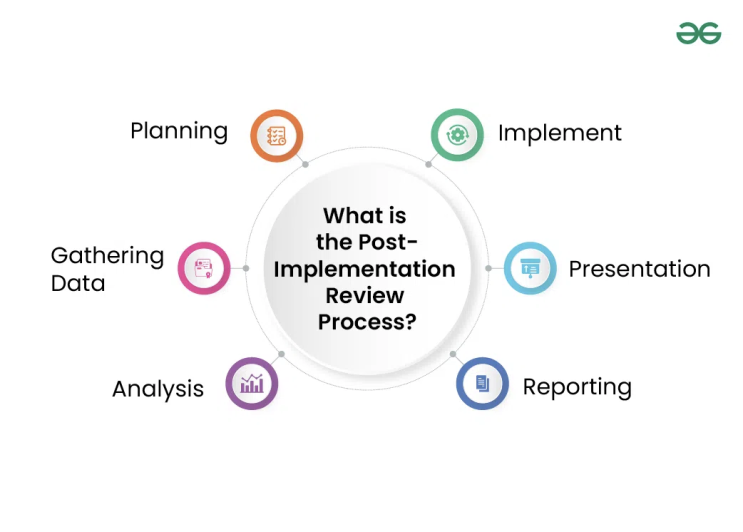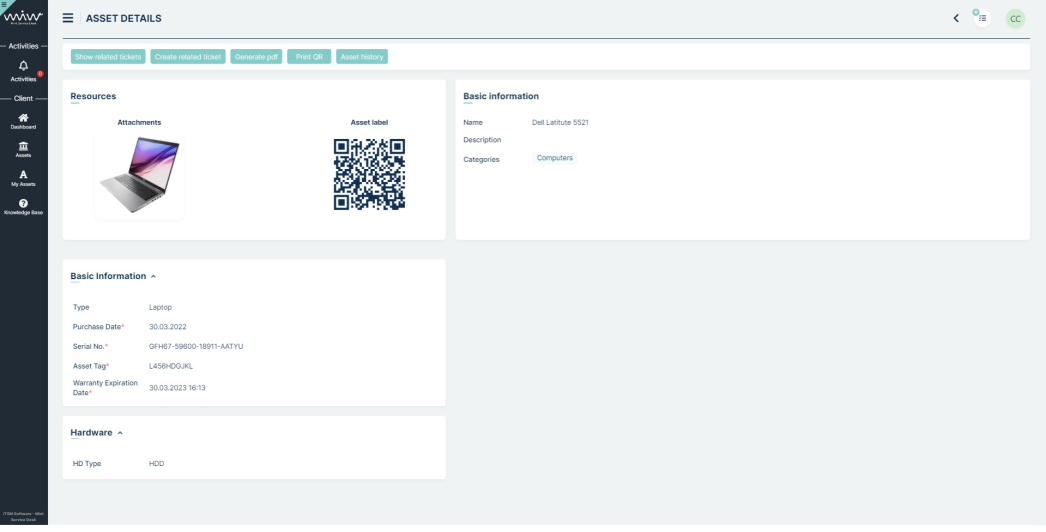
IT Service Management (ITSM) systems are the backbone of IT organizations around the world. They streamline workflows, improve efficiency, and ensure that IT services align with business goals.
But what makes an ITSM system truly robust?
Let’s explore ITSM’s three essential features:
- Incident Management,
- Change Management,
- and Asset Management.
Each of these plays a crucial role in enhancing the reliability and effectiveness of your IT services.
Incident Management: Your Frontline Defense
When something malfunctions in your IT setup, a quick response is crucial. Incident management serves as your first defense against the dreaded downtime, helping to keep everything running smoothly.

Efficient Ticketing System
Having a strong IT Service Management (ITSM) system with an efficient ticketing system is essential. It ensures incidents are logged, categorized, prioritized, and assigned to the right team without delay.
Automation can boost this process. For instance, automated ticket routing follows set rules to assign tickets based on their priority and the expertise needed.
This cuts down on manual work and speeds up response times. Plus, it aids in tracking help desk pricing metrics by revealing how well your resources are used.
Real-Time Monitoring
Real-time monitoring is like having a built-in alarm system for your IT environment, spotting issues before they become major problems. When something goes wrong, automated reminders are generated, allowing your IT team to act quickly and proactively.
A good monitoring tool gives you visual dashboards showing the status of various IT components, making it easier to diagnose issues and resolve them quickly.
Think of it as having eyes and ears on your infrastructure 24/7.
Comprehensive Reporting
Detailed reports help you understand trends and patterns in incidents, leading to continuous improvement. These reports should include metrics like Mean Time to Repair (MTTR), incident trends over time, and recurring issues.
When examining help desk costs, these insights can highlight how efficiently resources are used, guiding future budget decisions more effectively.
The more informed your decisions, the better they will be.
Change Management: Navigating Smooth Transitions
A strong change management system helps make transitions efficient and hassle-free. It reduces risks and ensures that any adjustments support business goals.
Structured Workflow
In a constantly evolving IT landscape, shifts – whether big or small – are bound to happen. A solid IT Service Management (ITSM) system needs a well-organized change management process to handle these updates smoothly.
The process kicks off with a Change Request (CR), which needs to be clearly documented. Each CR passes through multiple approval stages involving different stakeholders. This structured workflow ensures every change is carefully reviewed, reducing risks and unforeseen problems.
Think of it as a safety net that prevents the organization from falling into chaos during transitions.
Impact Analysis: A Crucial Step
Impact analysis is a must for successful change management.
Before any change gets the go-ahead, its potential effects on existing systems are carefully examined. This helps pinpoint dependencies and understand how the change will influence various parts of the IT setup.
For example, upgrading a server might seem simple, but it could affect all the applications running on it. An impact analysis will uncover these dependencies, allowing you to plan for potential issues.
Post-Implementation Review
Once a change is made, it’s essential to see if it meets its goals without causing new problems. A Post-Implementation Review (PIR) does just that, offering valuable feedback for future changes and improving overall processes.
Documenting what you learn during PIRs adds to the organization’s knowledge base. Over time, this helps build a culture focused on continuous improvement and risk awareness in change management activities.

Asset Management: Tracking Your Investments
Efficient asset management is crucial for protecting your investments and maximizing their value. Here’s how you can succeed with effective inventory management, stringent license compliance, and smart financial oversight.

Inventory Management
Effective asset management starts with keeping track of your inventory.
A solid IT Service Management (ITSM) system should maintain an accurate and up-to-date inventory of all hardware and software assets. This includes details like purchase dates, warranty periods, and lifecycle stages.
Automated inventory management tools simplify this process. They continuously update records to reflect any changes – whether it’s an addition, relocation, or retirement. Keeping track of assets reduces redundancy and aids in making informed purchasing decisions.
License Compliance
Non-compliance with software licenses can lead to hefty fines, legal complications, and damage to your organization’s reputation. A good ITSM system meticulously tracks all software licenses to ensure compliance. This means keeping an eye on license expiry dates and renewal schedules.
Some systems even send alerts well before licenses expire, ensuring uninterrupted access to critical software tools. Essentially, preventing small problems before they become big ones saves a lot of trouble.
Financial Management
Financial management involves tracking the costs associated with each asset throughout its lifecycle – from acquisition to disposal. This provides insights into the Total Cost of Ownership (TCO) for each asset category.
Understanding TCO helps you budget accurately for future investments and compare costs between different suppliers or service providers. It’s like keeping a tight grip on your spending while navigating the maze of asset expenses.
The Bottom Line
Whether you’re handling day-to-day tasks or planning for the future, having a well-rounded IT Service Management (ITSM) system is essential for making smart decisions and achieving excellent operational performance.
If you want to improve your IT management setup, focusing on these core areas – Incident Management, Change Management, and Asset Management – will set you up for success.
FAQ
What are the core modules of an ITSM system?
An ITSM system typically includes modules like Incident Management, Problem Management, Change Management, Asset Management, and Service Level Management.
How does an ITSM system improve efficiency?
It improves efficiency by automating routine tasks, streamlining workflows, and providing real-time data for decision-making.
Is customization important in an ITSM tool?
Absolutely! A customizable tool fits better with unique organizational processes and requirements.
Are there any security concerns with ITSM systems?
Yes, always ensure your ITSM tool complies with industry-standard security protocols to safeguard sensitive data.
Can small businesses benefit from an ITSM system?
Yes, even small businesses gain immense value by improving their service delivery efficiency through these systems.
Sponsored post



